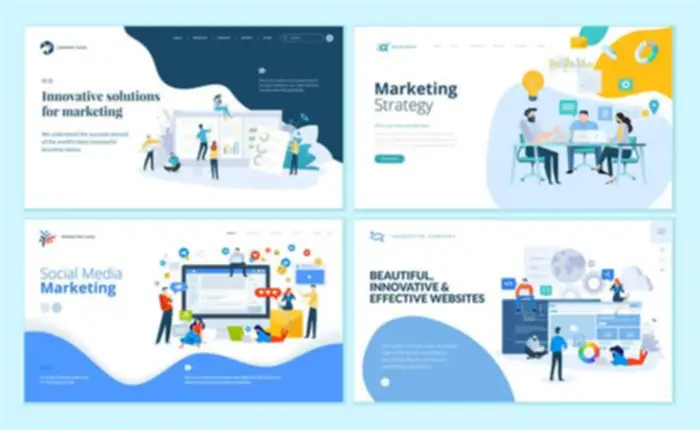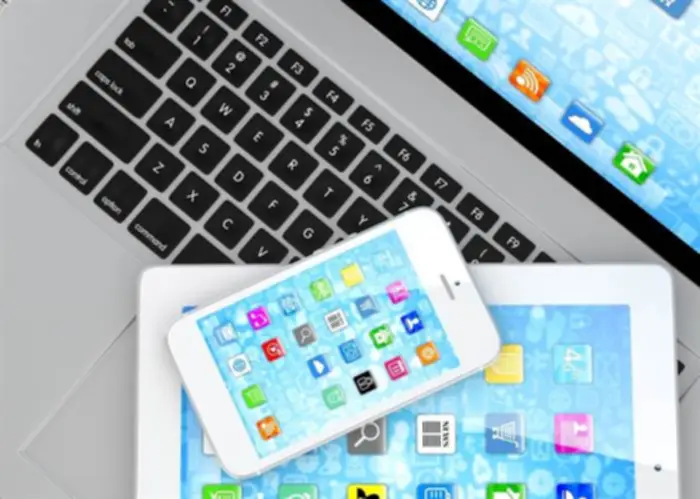Optical Character Recognition (OCR) transforms printed, handwritten, or scanned textual content into digital codecs. This OCR expertise reads textual content from pictures and documents then converts it into searchable digital content material. Optical Character Recognition (OCR) know-how has revolutionized the way in which we work together with varied types of paperwork. OCR converts scanned paper paperwork, PDF information or photographs captured by a digital digicam into editable and searchable knowledge. Lastly, the enterprise world, generally, stands to achieve from these advancements.
With help for many languages and dialects, OCR systems can recognize and process an incredibly various range of textual content. Furthermore, OCR-powered text-to-speech technology can be customized to satisfy the particular needs of individuals with various types of physical impairments. OCR expertise has revolutionized toll roads, parking methods, and regulation enforcement agencies by enabling faster and more efficient tracking and regulation enforcement. Additionally, OCR solutions are able to recognizing and reading license plates from varied international locations and jurisdictions, enhancing border control, and enhancing security.
How Is Ocr Used?
That’s the magic Optiic, a web-based OCR software, brings to the table. The journey of OCR technology is kind of a thrilling novel with plot twists at each turn. For occasion, in healthcare, OCR is greater than a handy device for digitizing affected person information; it’s pivotal for enhancing knowledge accuracy and patient care. In The Meantime, in finance, it’s the unsung hero that streamlines doc processing and reduces operational costs. And in schooling, it’s making learning more accessible and inclusive.

Logistics companies use OCR to trace package labels, invoices, and receipts. Feature Exploring Optical Character Recognition extraction, then again, decomposes the characters into features corresponding to lines, closed loops, and line intersections. It then makes use of these features to search out the best match amongst varied characters in a database. This methodology is more advanced and might recognize characters in varied fonts and handwriting kinds. OCR-based tools also assist users translate a text into one of the supported languages in real-time.
Significantly, OCR can automate insurance coverage claims processing for quicker transactions. After clicking New Project on the higher proper panel and naming the project, you’ll start the setup and information upload procedure. Here’s a demo of Google Cloud Imaginative And Prescient’s OCR software where we uploaded a screenshot of our article about information annotation.
Trendy OCR engines are optimized for pace and accuracy, processing paperwork at lightning speed without compromising on the quality of the output. And for many who are at all times on the go, cellular OCR apps have turn out to be extremely sophisticated, permitting you to scan and convert paperwork straight out of your smartphone. The 1970s brought us the first industrial OCR techniques, able to studying varied fonts and sizes.
Functions like Google Lens can recognize and translate text in actual time using a smartphone digital camera. Adobe Scan and Microsoft Lens convert paper documents into searchable PDFs with format preservation. Cloud-based OCR companies from providers similar to Google Cloud, AWS and Azure supply scalable APIs that combine https://www.globalcloudteam.com/ seamlessly into enterprise workflows.
For the tech aficionados, the newest developments in OCR could be found in research papers and articles, such as those on arXiv and ScienceDirect. These sources delve into the nitty-gritty of how OCR expertise is evolving, from neural networks to deep learning algorithms. But, as with any pioneering expertise, the preliminary versions of OCR were removed from good.

The Evolution Of Ocr Expertise: From Paper To Digital
Your laptop will save the scan as a picture file, as an example, should you scan an bill or a receipt. The phrases contained in the image file cannot be edited, looked for or counted using a textual content editor. The image could be remodeled right into a text file with its contents saved as textual content data utilizing OCR. AI will enhance OCR techniques by adding contextual understanding, predictive textual content correction, and even semantic evaluation, making OCR smarter and more accurate. Another mind-blowing innovation is the integration of OCR with augmented reality (AR).
- The decoder component additionally uses a transformer-based mannequin to generate the corresponding textual content output, considering the visual features extracted from the picture.
- They usually struggled with advanced fonts, handwritten textual content, and low-quality photographs.
- Cloud-based solutions may expose information to breaches if not secure.
- Recurrent neural networks (RNN) improve the recognition of sequential patterns within the textual content to improve accuracy, especially for handwritten paperwork and diverse writing styles.
As OCR systems turn into extra integrated and highly effective, guaranteeing the security of the information they process is paramount. Corporations that can navigate these waters efficiently will undoubtedly find themselves forward of the curve. Misinterpretations nonetheless occur, especially with complex layouts or poor image high quality.
Poor scan quality, distortion, or noise can lead to misinterpretations, decreasing OCR effectiveness. The technology could have difficulty handling fonts, handwriting, or special characters, resulting in errors in translation or extraction. Overcoming these challenges requires high-quality inputs, superior machine studying models, and continuous enchancment in multi-language capabilities. All providers throughout industries require buyer help, and let’s just agree with the very fact prospects don’t like waiting.
Think About snapping a photo of a doc after which with the power to edit it in your computer. OCR permits legal companies to have their printed documents corresponding to affidavits, judgments, filings, statements, wills, among others, digitized. As OCR expertise evolves, so too should our strategy to data privacy and safety.
Imagine traveling to a overseas nation and with the flexibility to immediately translate avenue indicators, menus, and paperwork just by pointing your telephone camera at them. It’s like having a universal translator in your pocket, minus the interstellar journey. It all started in the 1920s when Emanuel Goldberg developed a machine capable of studying characters and converting cloud computing them into telegraph code.
Fraud prevention systems also can flag suspicious documents by comparing extracted data with known patterns. This helps organizations mitigate id theft and fraudulent transactions. As OCR know-how evolves, methods may quickly be ready to seamlessly extract and analyze data from an increasingly diverse range of ID sorts. This development won’t only broaden the scope of automated identity verification but in addition enhance its depth, permitting for extra nuanced and comprehensive information analysis.
The thought of a machine reading text was as far-fetched as flying vehicles. The early makes an attempt had been clunky and limited, requiring specialised fonts and perfect circumstances. Think of it as trying to teach a toddler to learn Shakespeare – lots of effort with not a lot to show for it.